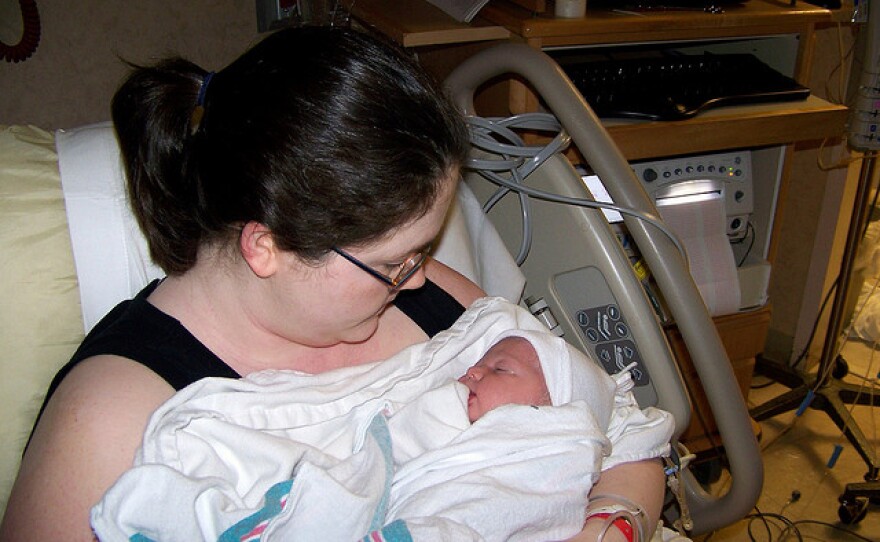A new report from the California WIC Association reveals wide differences in breastfeeding among different ethnic groups in California.
For example, 79 percent of white women exclusively breastfeed their infants in the hospital. But only 54 percent of African-American women do.
There are also differences among hospitals in San Diego County. For example, 90 percent of babies delivered at Pomerado Hospital are breastfed exclusively.
But that percentage drops to 59 percent at Tri-City Medical Center.
Neonatologist Nancy Wight, Sharp Healthcare lactation services director, said it's not due to cultural or geographical differences. She insisted it's about access to care.
"It's not that the African-American population doesn't want to breastfeed," she said, "but that access to supportive breastfeeding policies and care is not available in their area."
The Affordable Care Act requires health insurers to cover lactation consultants and other breastfeeding support services.
Wight said hospital staff generally do a poor job of explaining the risks of formula feeding babies. She pointed out formula is associated with increased risks of a host of respiratory and gastrointestinal infections.
Pediatricians say the vast majority of babies should be breastfed exclusively for the first six months. But the WIC report shows less that 40 percent of women breastfeed their babies exclusively one month after birth.






